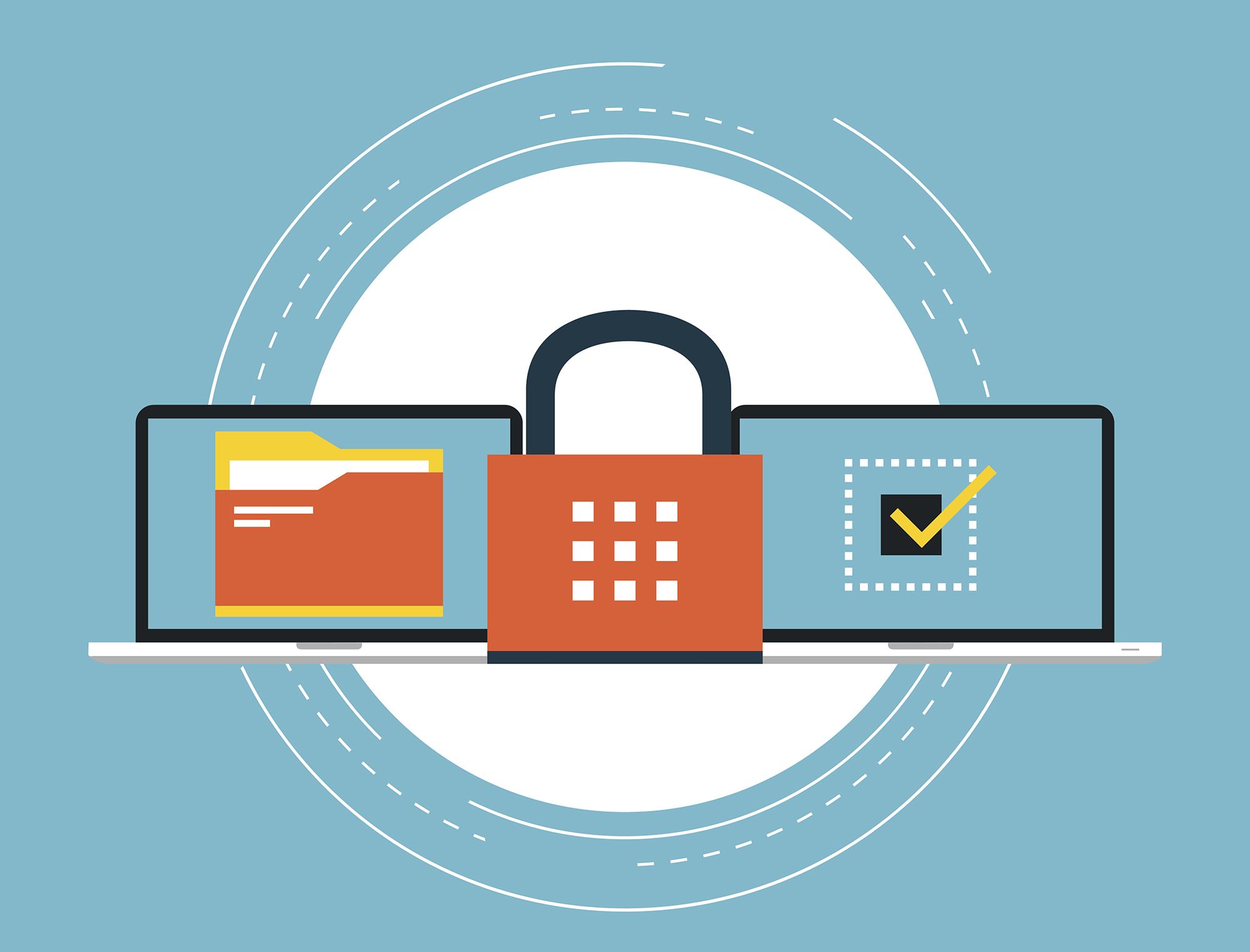Whether working on a project with colleagues, sharing photos with friends and family, or transferring essential documents, file sharing has made exchanging information easier. However, with the convenience of file sharing comes the responsibility of ensuring the security of our data. Insecure file-sharing practices, such as data breaches, identity theft, and financial losses, have devastating consequences.
Dangers of public file-sharing platforms
The common pitfalls of file sharing are relying on public file-sharing platforms that need proper security measures. Although these platforms are user-friendly, they frequently lack encryption and access controls for safeguarding sensitive data. When you upload files to a public platform, you relinquish control over who accesses and misuses your information. Hackers actively target these platforms, seeking to exploit vulnerabilities and steal valuable data. To avoid this pitfall, it’s crucial to use secure file-sharing solutions that prioritize data protection and offer robust encryption and access controls.
Risks of unencrypted file transfers
When you send files over the internet without encryption, they become vulnerable to interception by unauthorized parties. Hackers easily intercept unencrypted data in transit, allowing them to view, steal, or manipulate your sensitive information. This is particularly concerning when sharing confidential business documents, financial records, or personal identification details. Encrypted file transfers protect your data from prying eyes and ensure only intended recipients can access the information.
Dangers of weak access controls
Insecure file sharing often stems from weak or inadequate access controls. Sharing files without proper authentication and authorization opens the door to unauthorized access and potential data breaches. Weak passwords, lack of multi-factor authentication, and unrestricted file permissions contribute to insecure file-sharing practices. Implement strong access controls for your file-sharing solution to avoid this pitfall. Use complex passwords, enable multi-factor authentication whenever possible, and restrict file access to only those who genuinely need it. By implementing granular access controls, you ensure only authorized individuals view, modify, or share your files.
Unmanaged file sharing
Unmanaged file sharing allows employees or team members to use personal file-sharing accounts or unauthorized platforms to share company data. This lack of centralized control and visibility leads to significant security risks. When employees use individual accounts, there is no guarantee that the necessary security measures are in place, leaving your sensitive data vulnerable to theft or loss. Employees may still have access to shared files when they leave the company, posing a risk of data leakage. To avoid this pitfall, establish clear file-sharing policies and provide employees with secure, company-approved file-sharing solutions. Regularly monitor and audit file-sharing activities to ensure compliance and control of your data.
Importance of regular security audits
To ensure the ongoing security of your file-sharing practices, it’s essential to conduct regular security audits. These audits help identify potential vulnerabilities, misconfigurations, or outdated security measures that could put your data at risk. Review your file-sharing solution’s access controls, encryption protocols, and user permissions regularly. Monitor file-sharing activities for unusual or suspicious behaviour, such as unauthorized access attempts or large data transfers. When you proactively identify security gaps, you significantly reduce your risk of data breaches and ensure the integrity of your file-sharing practices. If you require additional information, don’t hesitate to visit https://notesonline.com/.

